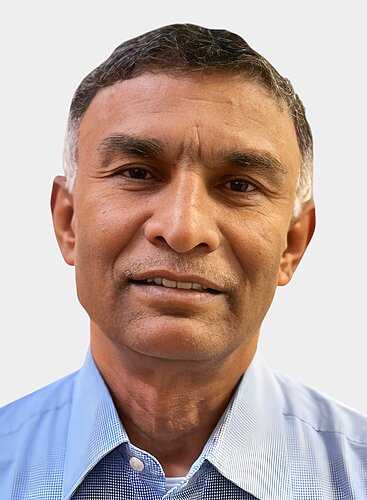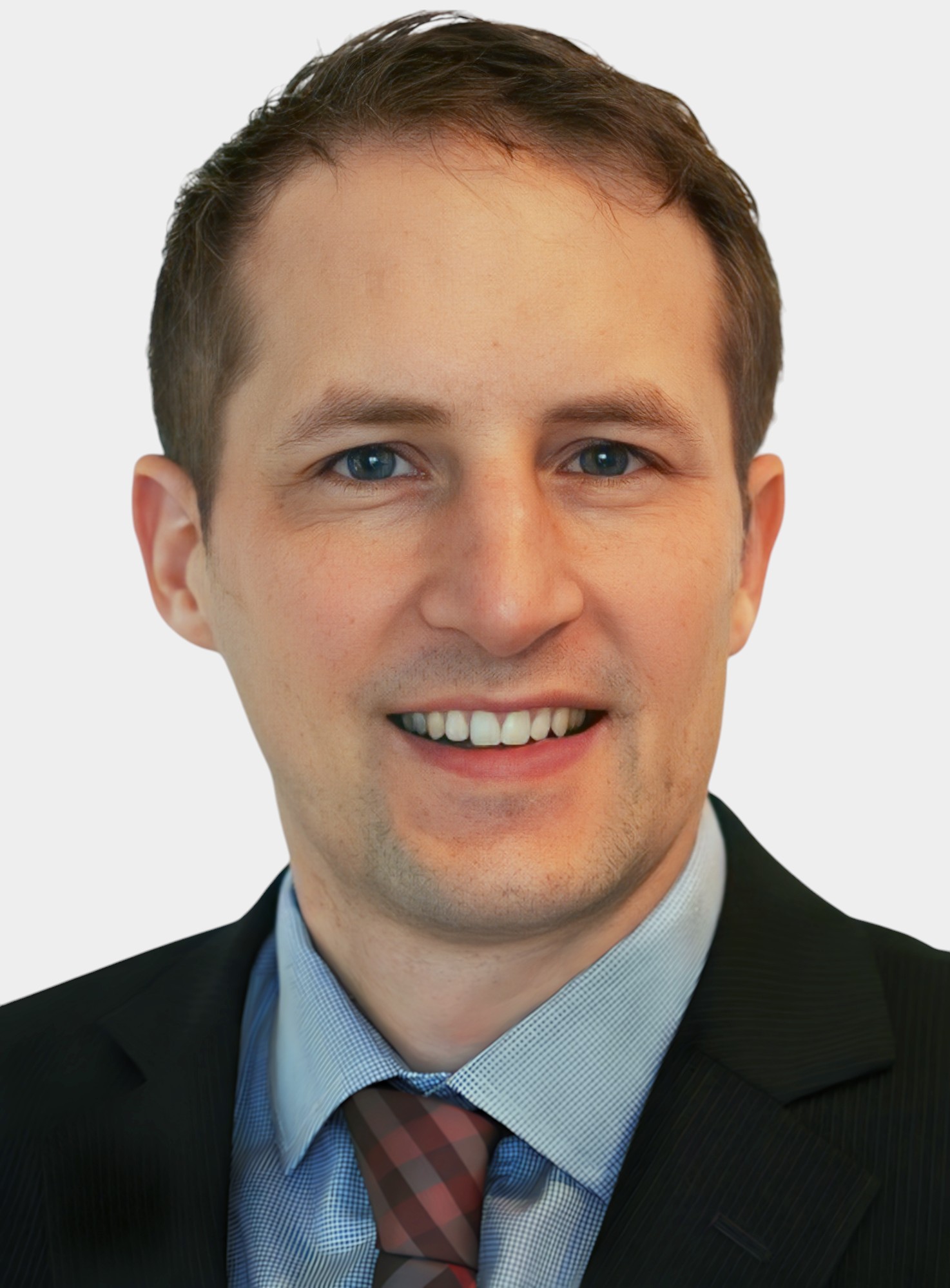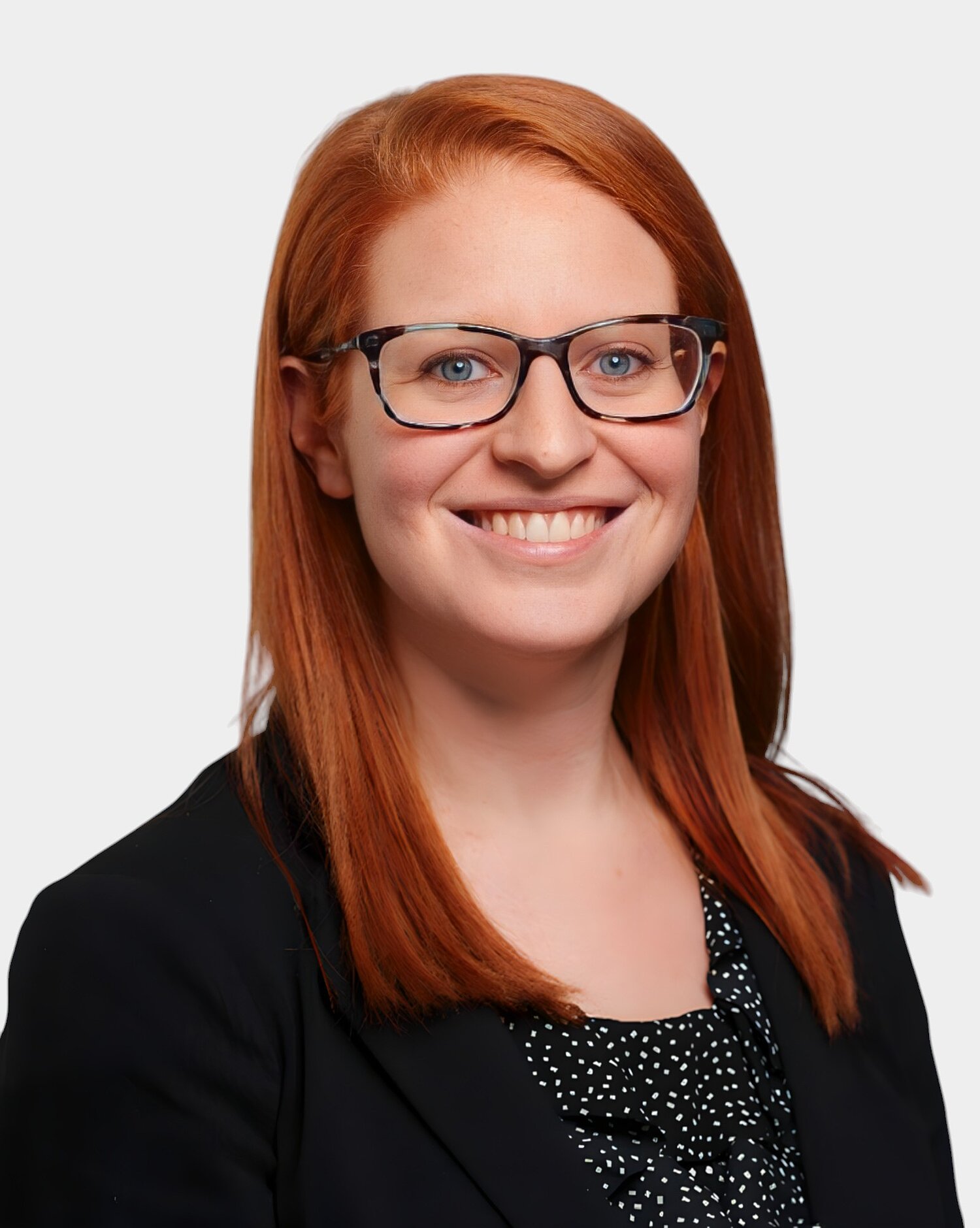WEBINAR:
Greener Chemical Synthesis Design with Advanced Digital Tools
Designing an efficient process for synthesizing a target compound with a reduced environmental impact presents numerous challenges depending upon the scope of the project and industry. Learn how powerful tools are being used by organic chemists to predict feasible synthetic routes starting from commercially available raw materials. Using algorithms designed to optimize potential routes based on price, step count, and atom economy often leads to more efficient and cost-effective routes than a chemist might design on their own.
In this webinar, we present two case studies from a recently published application note highlighting the improved syntheses of known compounds that were designed with the help of SYNTHIA™ Retrosynthesis Software to reduce step count and increase overall yield. In addition, we will show how DOZN™ can be used to evaluate the synthesis by quantifying the environmental impact of proposed routes, allowing access to leaner and greener chemistry.
Key Learning Objectives:
- Learn how SYNTHIA™ Retrosynthesis Software can be parameterized to quickly select pathways that meet key criteria.
- Avoid specific hazardous reagents or reaction types and explore chemistries that stay under budget.
- Asses the environmental impact of SYNTHIA™ proposed synthesis routes using DOZN™ Green Chemistry Calculator.
- Discover paths forward to optimizing chemistries for both you and the environment.
Speaker

Ettigounder (Samy) Ponnusamy
Director & Fellow, Green Chemistry
Ettigounder (Samy) Ponnusamy joined Sigma-Aldrich as a chemist in 1988 after his postdoctoral studies at the University of Illinois at Chicago. Then, in 2007, he helped found the company’s green chemistry team. Following the acquisition of Sigma-Aldrich by Merck KGaA, Darmstadt, Germany in 2015, Ponnusamy continued his role of managing and expanding new green business opportunities, as well as research and development for greener alternatives.
In his role as Director & Fellow, green chemistry, Ponnusamy developed the unique DOZN™ system—a third party-validated/published green chemistry evaluator based on the 12 Principles of Green Chemistry. Today, this tool plays an integral role in quantifying greener products for MilliporeSigma and its customers. Ponnusamy is instrumental in expanding DOZN™ applications to both virtual and in-lab curriculum at various academic institutions globally, in collaboration with Beyond Benign. Leveraging results and analysis from DOZN™ applications, he also helped to launch Beyond Benign’s Organic and Inorganic Labs. Additionally, Ponnusamy leads MilliporeSigma’s new greener chemistry consultancy business developments.
Ponnusamy has more than 35+ years of experience managing new product developments—from bench scale through product launch—with many products showing sustained growth over time. He has extensive experience in applying green chemistry concepts across all disciplines of chemistry, and process technology skills in the development of innovative biopolymers for drug-delivery applications.
In 2020, Ponnusamy received the MilliporeSigma Technology Award and Environment + Energy Leader, Project of the year Award 2021 for DOZN and also Chiesi Supplier Award for DOZN. He is the holder or co-holder of seven U.S. patents, and is the recipient of more than a dozen honors, including the Outstanding Scientist award from the Academy of Science in St. Louis

Markus Obkircher
Director, Chemistry R&D
Markus Obkircher is Director at Merck KGaA, Darmstadt, Germany, Life Science heading Chemistry’s Customer Solution R&D unit with a strong focus on APAC out of Bangalore, India. He is responsible for the co-creation of customized turnkey solutions or kits through collaborations and for the development of applications and workflows with the APAC applications labs. Prior to this appointment, he was leading the Reference Materials and Proficiency Testing R&D division with teams in the US, UK and Switzerland. He joined Merck KGaA, Darmstadt, Germany / Sigma-Aldrich in 2013 after heading a development unit for a custom API manufacturer for nine years. He completed his post-doctoral studies at Harvard in Boston and his PhD thesis in Basel, and further holds an executive MBA degree from the University of Zurich.

Emma Gardener, Ph. D.
Technical Application Scientist
Emma Gardener received her undergraduate degree from Trinity College and worked for several years as a research associate in the biotechnology industry before completing her Ph.D. in Organic Chemistry at Brown University as an NSF graduate research fellow. She studied under Prof. Jason Sello, where she worked on developing new methodology for the synthesis of antibacterial peptide natural products. In 2018, she joined the Cheminformatics Technologies department of MilliporeSigma as a Technical Application Scientist and is responsible for the commercial licensing of the retrosynthetic design software, SYNTHIA™.